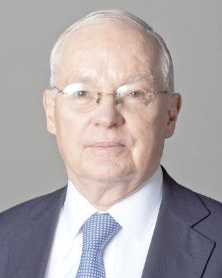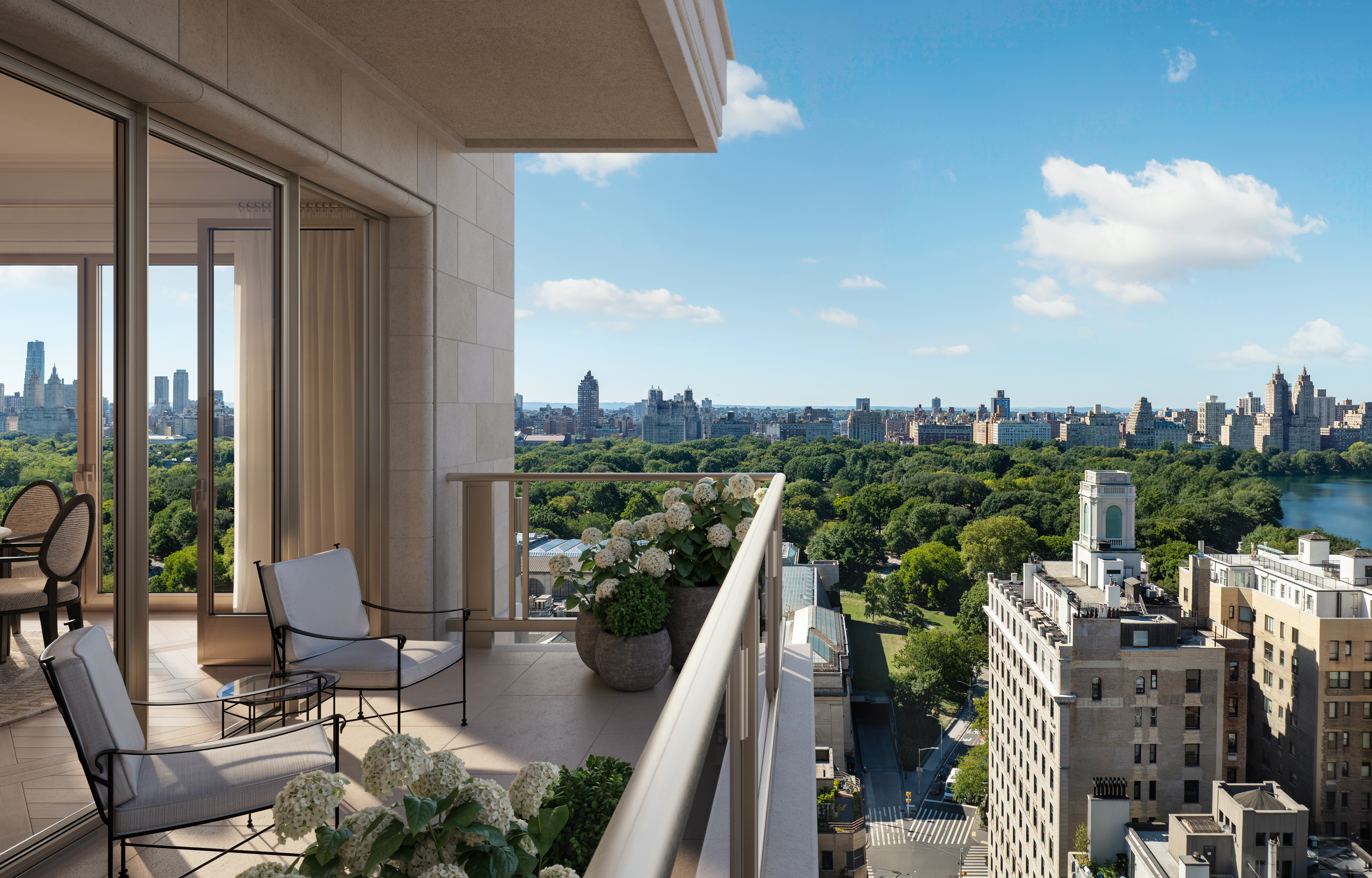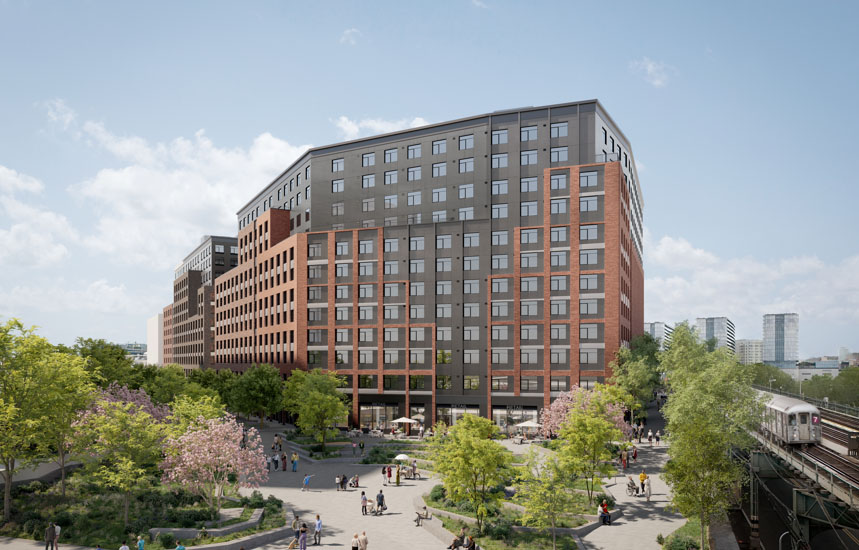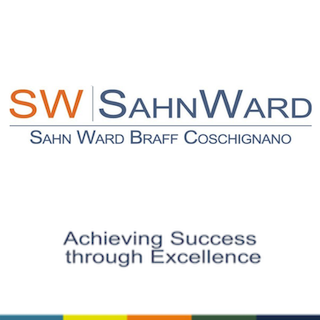City council expands N.Y.’s Greener, Greater Buildings Local Laws – including Local Law 88 - by George Crawford
New York’s Greener, Greater Buildings Local Laws have just been expanded following a unanimous vote by the city council. This expansion includes the annual Benchmarking requirements – Local Law 84. Now the number of buildings that are required to Benchmark annually will include an additional 10,000 smaller buildings – tarting at 25,000 s/f. Formerly the LL 84 Benchmarking requirements covered larger buildings – 50,000 s/f and up. Additionally, Local Law 88 requirements – sub-metering and lighting upgrades – have also been expanded. LL 88 now has a lower starting threshold – 25,000 s/f. Formerly LL 88 was limited to commercial buildings that were 50,000 s/f or larger.
There is also an important new add on to LL 88 requirements. Formerly LL 88 covered only commercial buildings. Now multifamily buildings have been added to the mix. Multifamily buildings will now be required to upgrade their common area lighting, including service areas, lobbies and hallways to achieve higher levels of energy efficiency. Residential units in these building are not required to comply.
For owners and managers of multifamily properties, these new LL 88 requirements are a brand new ballgame. Compliance for multifamily buildings will involve investments in lighting upgrades which will, for the most part, include the replacement of all of the existing lighting in common areas. The good news, however, is that these mandated lighting upgrades come with an upside - an opportunity to reduce operating costs and improve building cash flow. To add to the upside, Con Ed rebate funding continues to be available for upgrading common area lighting in multifamily buildings. This funding comes in the form of a check – not a credit - but is limited to Con Ed customers paying a systems benefit charge. Virtually all Con Ed multifamily building customers pay this charge and therefore can qualify for these rebates. The combination of the Con Ed funding, along with the savings from the lower levels of electric consumption from the newly installed efficient lighting, will result in quick investment paybacks – usually one to two years. Actual payback periods will depend on the levels of realized efficiencies achieved from the lighting retro-fits. Note that LED lighting products are very energy efficient - which is the driving factor behind the quick paybacks. LED is far more efficient than even the “latest” fluorescent products, including CFLs, which until recently, have been the “go to” energy efficient replacement for incandescent A 19 lamps.
The other piece of good news is that the level of quality LED products available for upgrades will not only provide the required efficiencies, but are aesthetically attractive as well. Quality LED lighting is now utilized in museums, art galleries as well as department stores. These are users where the quality of the lighting is essential and second best solutions are not even a consideration. So if there are LED solutions that meet the lighting standards for these users, be assured that there is a quality LED solution for any multifamily lighting upgrade.
In terms of developing a plan for a multifamily common area lighting upgrade, start with a model which should include an accurate measure of the existing lighting configuration, including annual electric consumption as well as current maintenance costs - including lamp replacements. This is the “before benchmark” that you can use to measure the cost effectiveness of any proposed LED retro-fit option developed for your project. For the “after,” you will need to include the specifications for each LED product selected – cost, energy consumption, anticipated useful life, warranty information, Energy Star designation – or not, along with funding availability and anticipated lamp maintenance.
With the existing and the proposed – the “before” and the “after” – you will be able to compare the current annual cost of operating your existing lighting configuration to the projected annual cost of your proposed LED lighting retro-fit. Be sure that the “product cost” in your proposed LED retro-fit model is the installed cost – product cost plus installation - less the amount of funding that would be available as an offset to up-front investment costs. Available financing options should be included as additional information.
In terms of actually developing the “before” and “after” models for your upgrade, consider working with a knowledgeable Con Ed Partner, who will not only be able to source Con Ed funding, but will be familiar with the latest LED product specifications. Additionally, it is also important – very important – that your Con Ed Partner have access to Con Ed computer software to accurately model the “before” and “after” scenarios of your project. Accurate “before” and “after” modeling will give you the reliable payback calculations that you will need to make informed decisions. For additional New York Real Estate Journal articles on LED retro-fits, go to www.GreenPartnersNY.com and get your project going on the right track.
George Crawford is the principal of Green Partners, New York, N.Y.
NYC’s Mayor’s Office of Climate & Environmental Justice mobilizes climate action


Strategies for turning around COVID-distressed properties - by Carmelo Milio








.gif)


.jpg)
.gif)